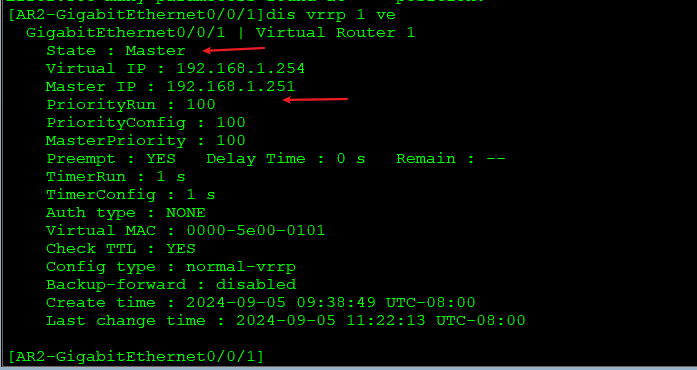在小程序中,给页面传递参数通常有以下几种方法:
-
通过URL传递参数:
在小程序中,可以在页面的路径后面添加参数,然后在页面的onLoad函数中获取这些参数。// 在app.json中配置页面路径 "pages": [{"path": "pages/index/index","style": {"navigationBarTitleText": "首页"}},{"path": "pages/detail/detail?id=123" // 这里的id就是传递的参数} ]// 在detail页面的js文件中获取参数 Page({onLoad: function(options) {console.log(options.id); // 输出123} }); -
通过全局变量传递:
在小程序的app对象中设置全局变量,然后在需要的页面中获取。// 在app.js中设置全局变量 App({onLaunch: function() {// 可以在这里设置全局变量this.globalData = {userInfo: null};},});// 在需要的页面中获取全局变量 Page({onLoad: function() {const app = getApp();console.log(app.globalData.userInfo);} }); -
通过事件传递:
使用小程序的事件系统,可以在页面间传递数据。// 在发送事件的页面 this.triggerEvent('customEvent', { data: '这里是传递的数据' });// 在接收事件的页面 Page({onLoad: function() {this.on('customEvent', function(e) {console.log(e.detail.data); // 输出传递的数据});} }); -
通过
wx.navigateTo或wx.redirectTo传递:
在跳转时,可以通过这些函数的第二个参数传递一个对象,对象中包含需要传递的数据。// 在当前页面中跳转到另一个页面,并传递参数 wx.navigateTo({url: '/pages/detail/detail',events: {acceptData: function() {// 这里是发送数据的回调}},success: function(res) {res.eventChannel.emit('acceptData', { data: '这里是传递的数据' });} });// 在目标页面中接收数据 Page({onLoad: function(options) {const eventChannel = this.getOpenerEventChannel();eventChannel.on('acceptData', function(data) {// data就是传递的数据console.log(data);});} }); -
使用
wx.setStorageSync或wx.getStorageSync:
如果需要在页面间传递复杂的数据,可以使用小程序的本地存储。// 设置数据 wx.setStorageSync('someKey', 'someValue');// 获取数据 const value = wx.getStorageSync('someKey');
选择哪种方法取决于你的具体需求和场景。



















